The nature versus nurture question is one that has divided scientists, psychologists, and the general public for decades.
The answer to whether human behavior, personality, and traits are primarily shaped by genetic factors or environmental influences differs depending on who you ask.
Some scientists claim our biology shapes us, while some psychologists argue that our environment and experiences mold our personality.
The story of the Jim Twins offers a unique insight into this difficult-to-answer question.
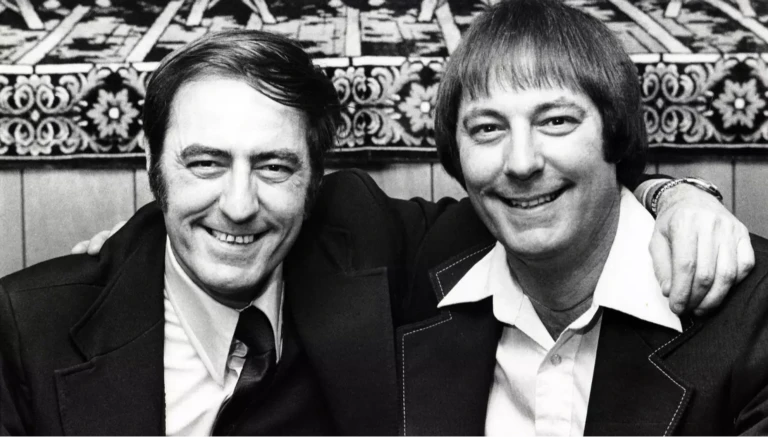

Jim Lewis and Jim Springer – twins separated at birth – shared many similarities in their respective lives – not just their first names.
The Twins Grow Up Separately
The Jim Twins were born in Ohio in 1940. They weren’t named that at birth – mere weeks after they entered the world, they were each adopted by two separate families.
Their respective parents would both name their child James, and each boy would be known as “Jim” throughout their life. This is an intriguing coincidence on its own, made all the more interesting by the fact that each twin had a brother called Larry.
Remarkably, both boys’ parents would take their child on holiday to the exact same beach in Florida, though not at the exact same time. By mere weeks, the twins missed meeting one another as they holidayed in the sun with their families.
Growing up just 40 miles away from one another, the boys had parallel traits: both were persistent nail-biters, and both suffered from debilitating tension headaches. Each Jim struggled with spelling at school but excelled at mathematics.
Perhaps you can chalk these similarities down to coincidence. But the “coincidences” didn’t end there. In fact, they would only get more interesting.
Each Jim had a family dog named “Toy.” They both found love with a woman named Linda and got married. Neither marriage worked out, and the twins eventually divorced their spouses. Both Jims would go on to find love again, each with a woman named Betty.
If that wasn’t peculiar enough, the career choice of each man ran parallel. Both Jims sought a career in law enforcement, one becoming a policeman and the other working as a security guard.
Both men drove the same make of car – a Chevrolet – and they both enjoyed smoking. In fact, they both chain-smoked the exact same brand. Their hobbies and interests would also align: both Jims would do woodwork projects in their spare time.
Not only that, each Jim would call their son the exact same name: James. Both boys would also be given the same middle name. Granted, one spelled theirs differently – “Allan,’ instead of “Alan,” but it’s a remarkable coincidence nonetheless.
This set of uncanny circumstances could have remained unknown forever since the boys had been separated when they were just weeks old. However, fate would see that the Jim twins would reunite almost four decades after they were separated.
The Twins Reunite
Upon adoption, each boy’s mother was aware that their child had a twin brother. The Springer family, however, believed that the other child had died at birth. The Lewis family also believed this to be true until Jim Lewis’s mother overheard the truth shortly after adopting him.
While getting the adoption papers finalized, the mother could hear the clerks at the court mention how curious it was that the “other baby” had also been called James. It was clear the clerks were talking about Jim’s twin brother, who, up until that point, was believed to have died.
The woman kept this knowledge with her until Jim was old enough to know the truth: he possibly had an identical sibling out in the world somewhere. Still, it would take decades for the twins to reunite.
At the age of 39, Jim Lewis set about searching for his long-lost brother.
He contacted the probate court, which handled all his adoption records and set about tracing his sibling. With the help of researchers, in 1979, he was finally reunited with his brother and fellow James, Jim Springer.
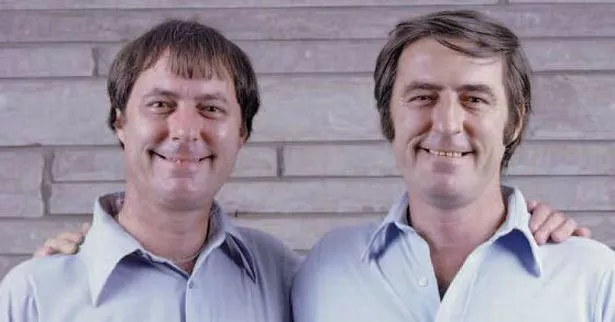
When the two met, they had an instant connection. Jim Springer said he had “always felt an emptiness” until he was reunited with his brother.
Not only did the pair concede that they were indeed identical physically, but the more they got to know one another, the more they found they were eerily similar in other ways, too: their lives had been somewhat identical, too.
The more they learned about one another and their respective lives, the more they discovered how many similarities they shared despite never knowing the other existed.
The story of the Jim Twins and their uncanny parallel lives was too newsworthy not to be picked up by the media. The brothers would go on TV shows and give interviews about their unique and intriguing situation, and the public was captivated by the story.
In turn, psychologists and geneticists became interested in the unusual tale, too. They analyzed and gave their take on the twins’ similarities and what it meant for the nature versus nurture debate.
Studying The Twins
A psychologist and researcher named Dr. Bouchard took particular interest in the Jim Twins’ story. He was keen to find out how their genetics and their respective environments made up each twin.
So when their tale became widely known, he reached out to the two men and asked to study them. Both brothers agreed.
His study would go much further than just the Jim Twins themselves, too. Dr. Bouchard wanted to conduct a comprehensive study on twins with a similar story, which would take extensive research.
He set out to find other identical twins who’d been raised separately, which is no easy feat. Still, the doctor succeeded and found 137 pairs of twins to analyze for his study.
One pair of twins involved in the study had been separated at just a few months old and weren’t reunited until they were 78.
The study was designed to focus on the psychological characteristics of the twins, as well as other factors such as their medical history. In theory, this would help answer what had a greater effect on an individual: their genetics or their environment.
The results were fascinating. Researchers carried out one study where they took photos of each twin separately. They discovered that identical twins would adopt the same pose and posture as one another despite not knowing how their sibling had posed for their photograph.
Fraternal twins – where the eggs are fertilized by two sperm and produce two genetically different children – were observed to stand in different ways from one another. This type of twin is found to have many differences and dissimilarities compared to paternal twins.
The study also carried out tests on the Jim Twins’ personalities and brain waves. The results were not unexpected but were still intriguing.

They found that each man’s score was incredibly similar for each test carried out. The brothers even drew the same thing when asked to draw a picture. There was no prompt for the drawing, yet each brother’s sketch was the same.
Dr. Bouchard’s twin study concluded that identical twins were exceptionally similar to one another in almost every way: their intelligence, interests, hobbies, and preferences often ran parallel.
This was the case even if the twins had been brought up separately in completely different environments.
For example, in one case, it was discovered that a pair of twins, separated at birth, were wearing the same jewelry when they were first reunited decades later. Each wore seven rings, three bracelets, and a watch.
Neither woman had mentioned to the other what they planned on wearing for their face-to-face reunion, but both curiously turned up wearing similar jewelry in the exact same places as the other.
Another set of twins who’d been separated until adulthood also lived similar lives despite having different backgrounds. They both married a man called Jim. Both had outlived their husbands. Both had grandchildren and shared the same religion.
They also shared the same mannerisms and conversational quirks despite being brought up in separate families.
Still, despite sharing so many traits, the women also had plenty of differences. Their careers, appetite for travel, and many interests differed greatly.
The study saw Dr. Bouchard conclude that genetics play a big part in shaping an individual, meaning life choices and a person’s personality are largely down to their DNA. At the time, these findings were revolutionary.
The study began in 1979 and concluded in 1990. Up until this point, no research on twins on this scale had taken place before, and the role of genetics in an individual’s personality was still misunderstood.
That wasn’t to totally dismiss the role of a person’s environment and upbringing in shaping their personality or interests, though. Even the Jim Twins had their – however slight – differences: Jim Lewis would end up divorcing his wife Betty and marrying a woman called Sandy.
As of writing, Jim Springer has yet to follow suit and is still married to his second wife, Betty.
Sources
https://rabbidunner.com/the-nature-vs-nurture-debate-revisited/
https://www.cbsnews.com/news/twin-brothers-separated-at-birth-reveal-striking-genetic-similarities/
https://www.livescience.com/47288-twin-study-importance-of-genetics.html


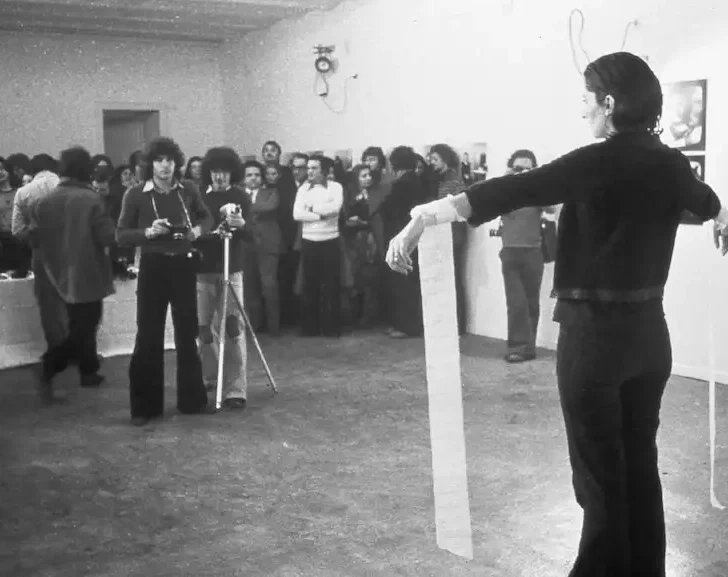

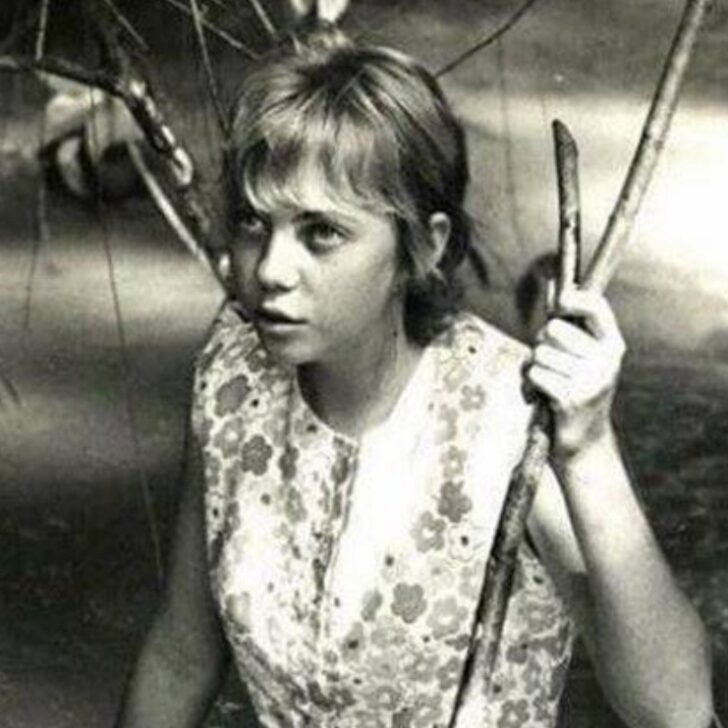

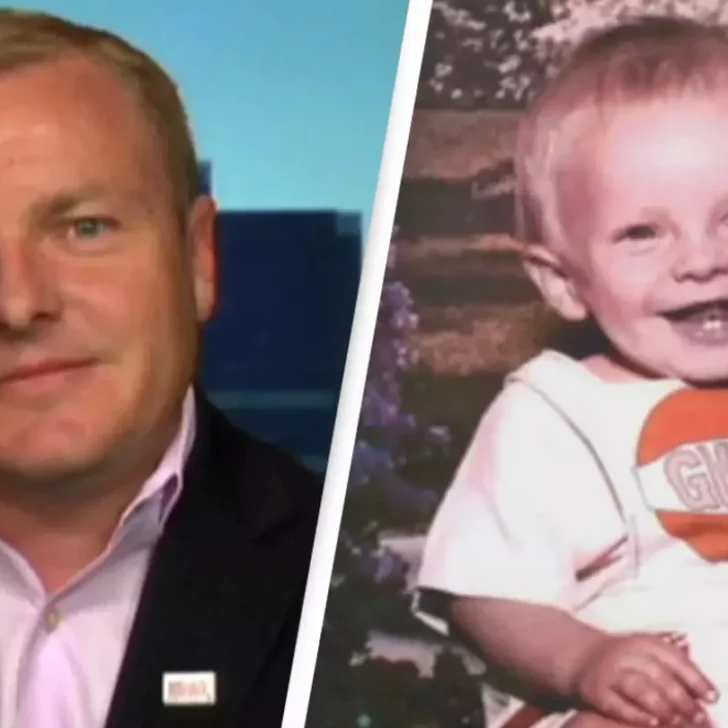




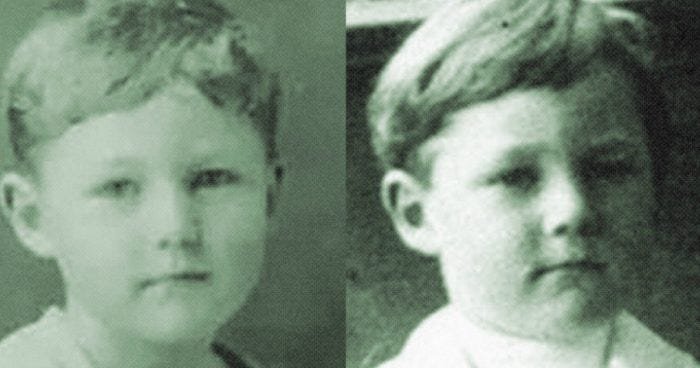

Leave a comment